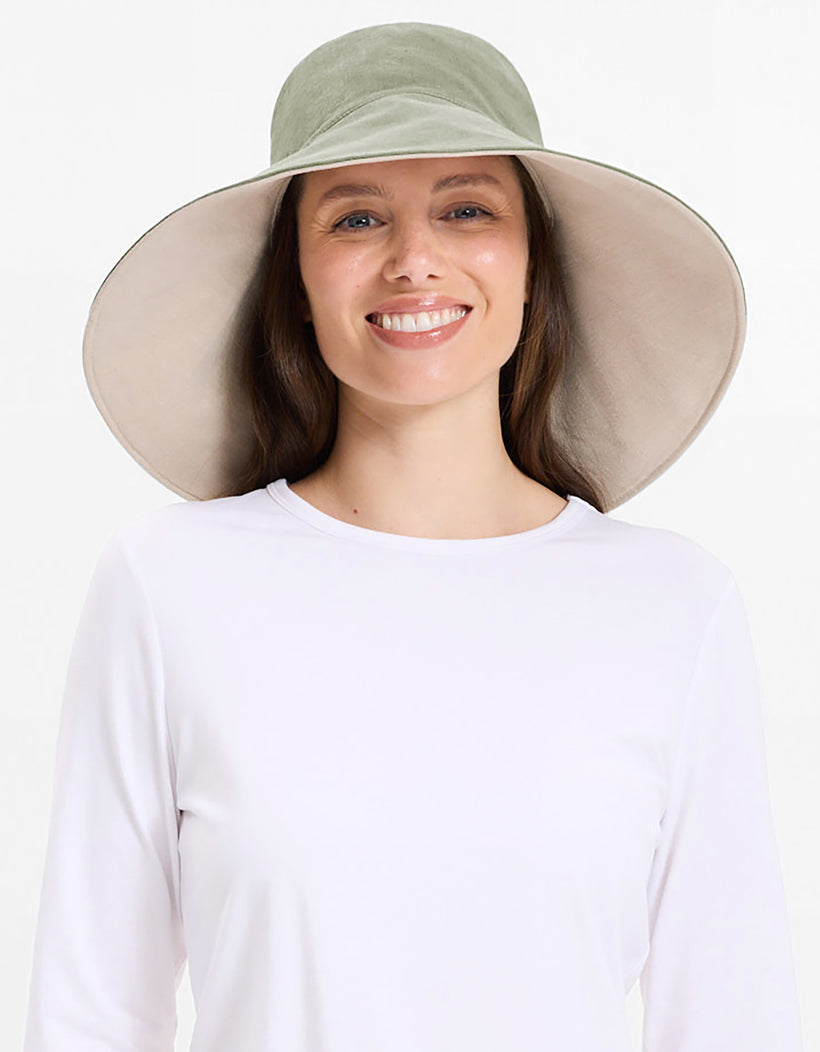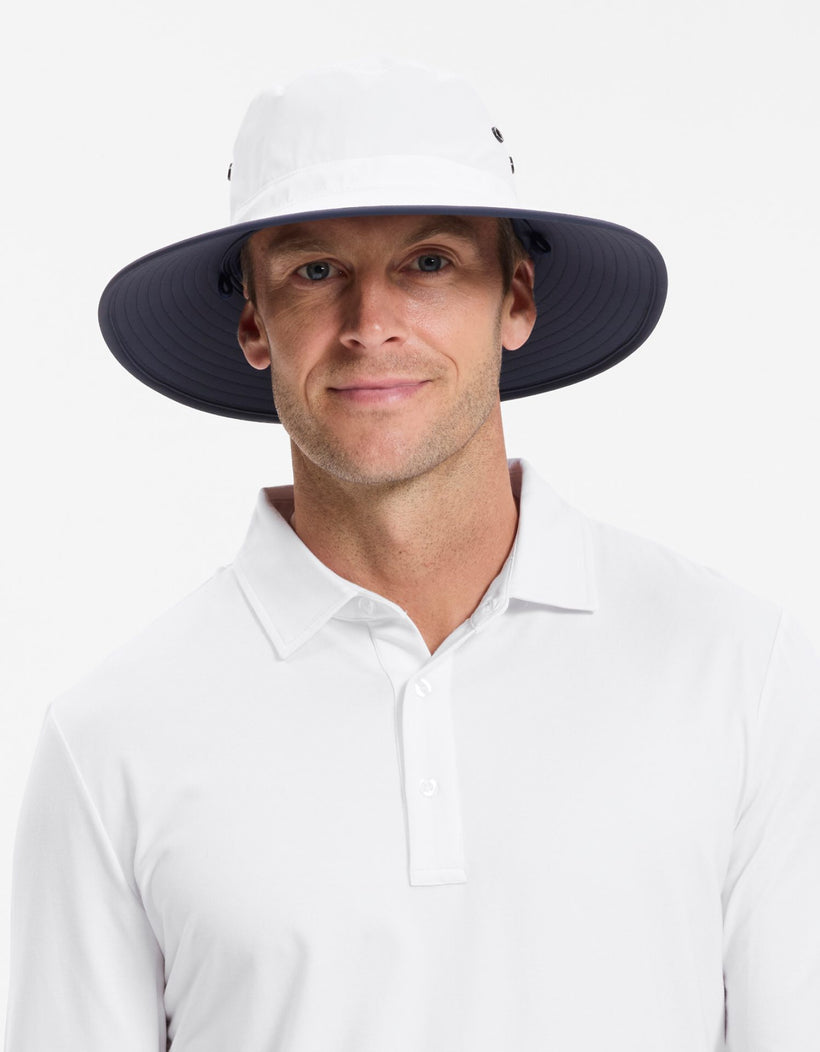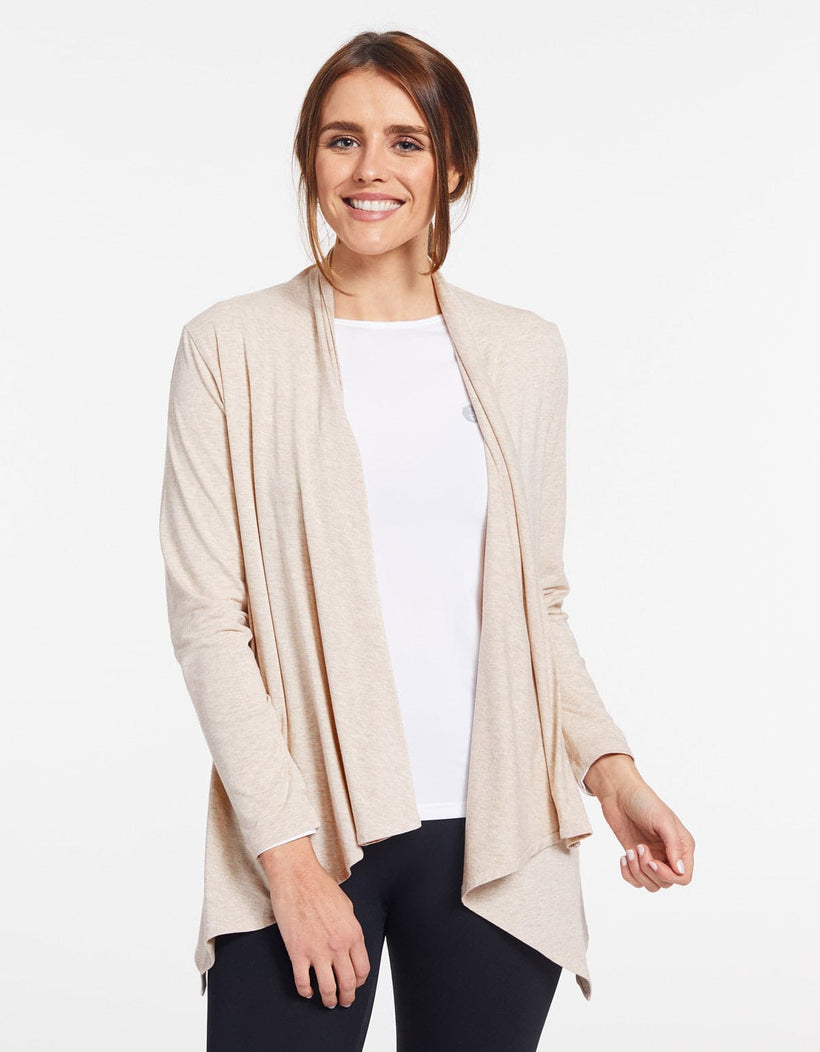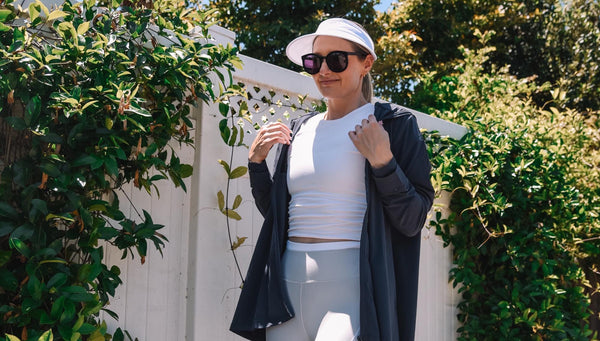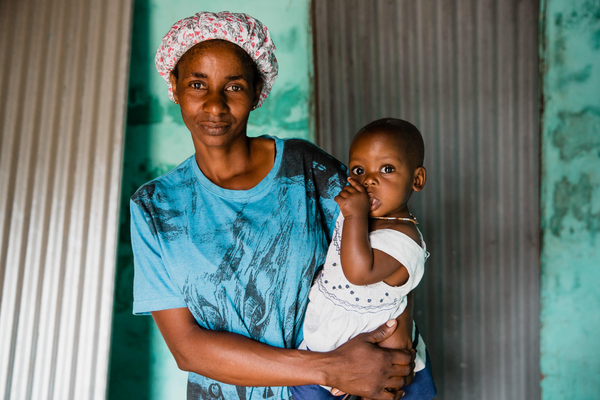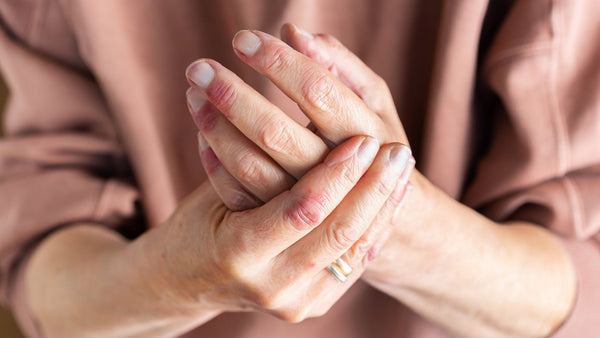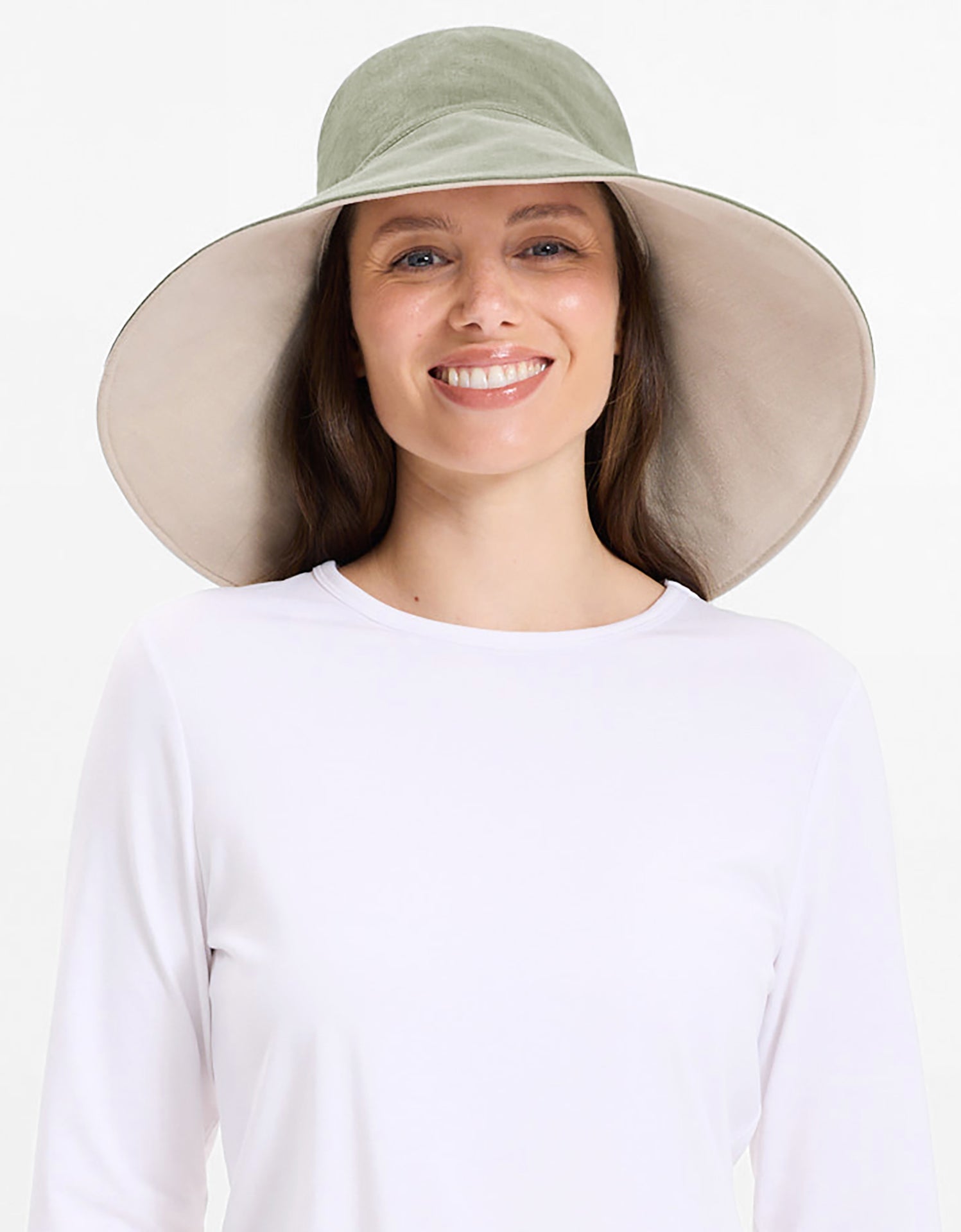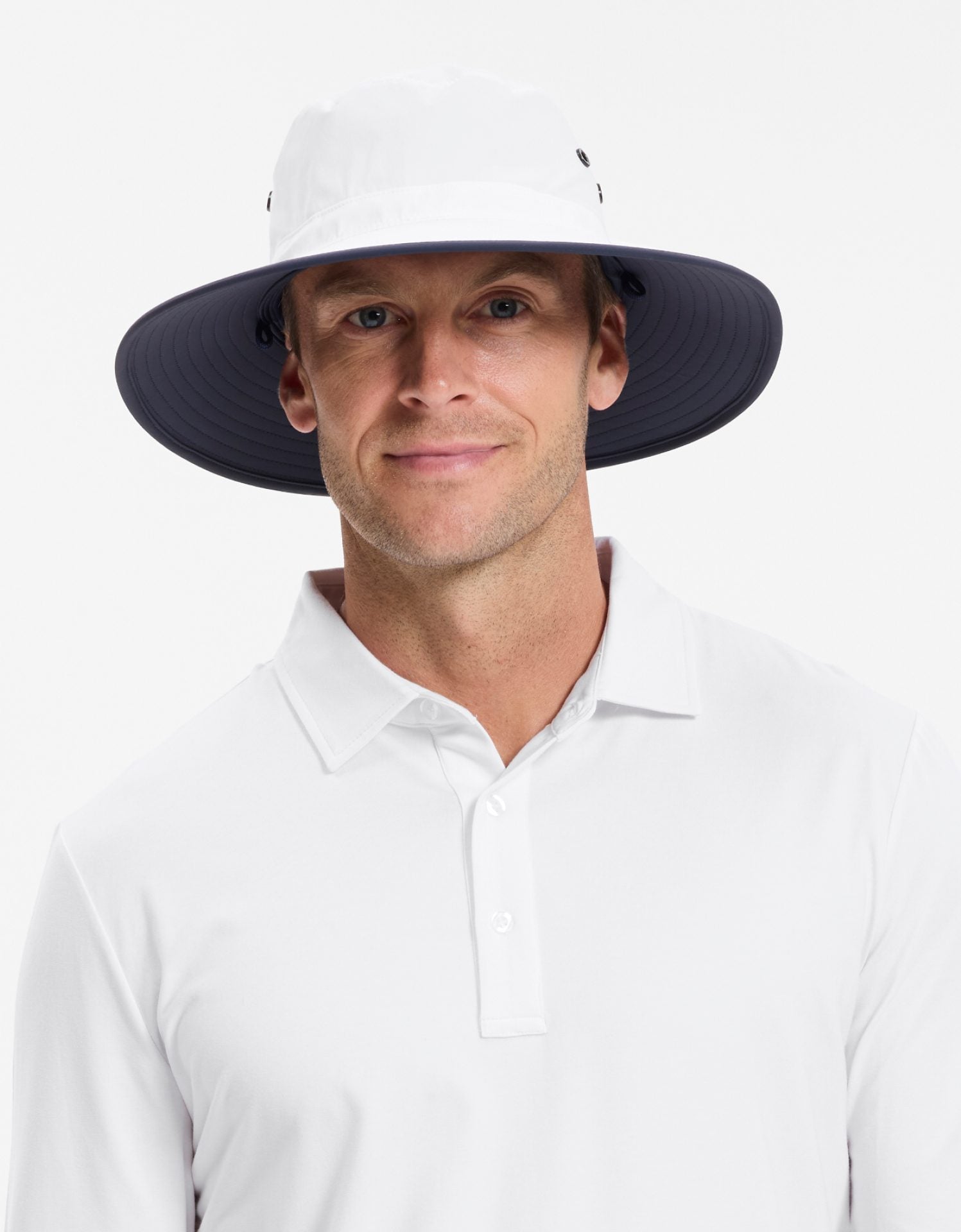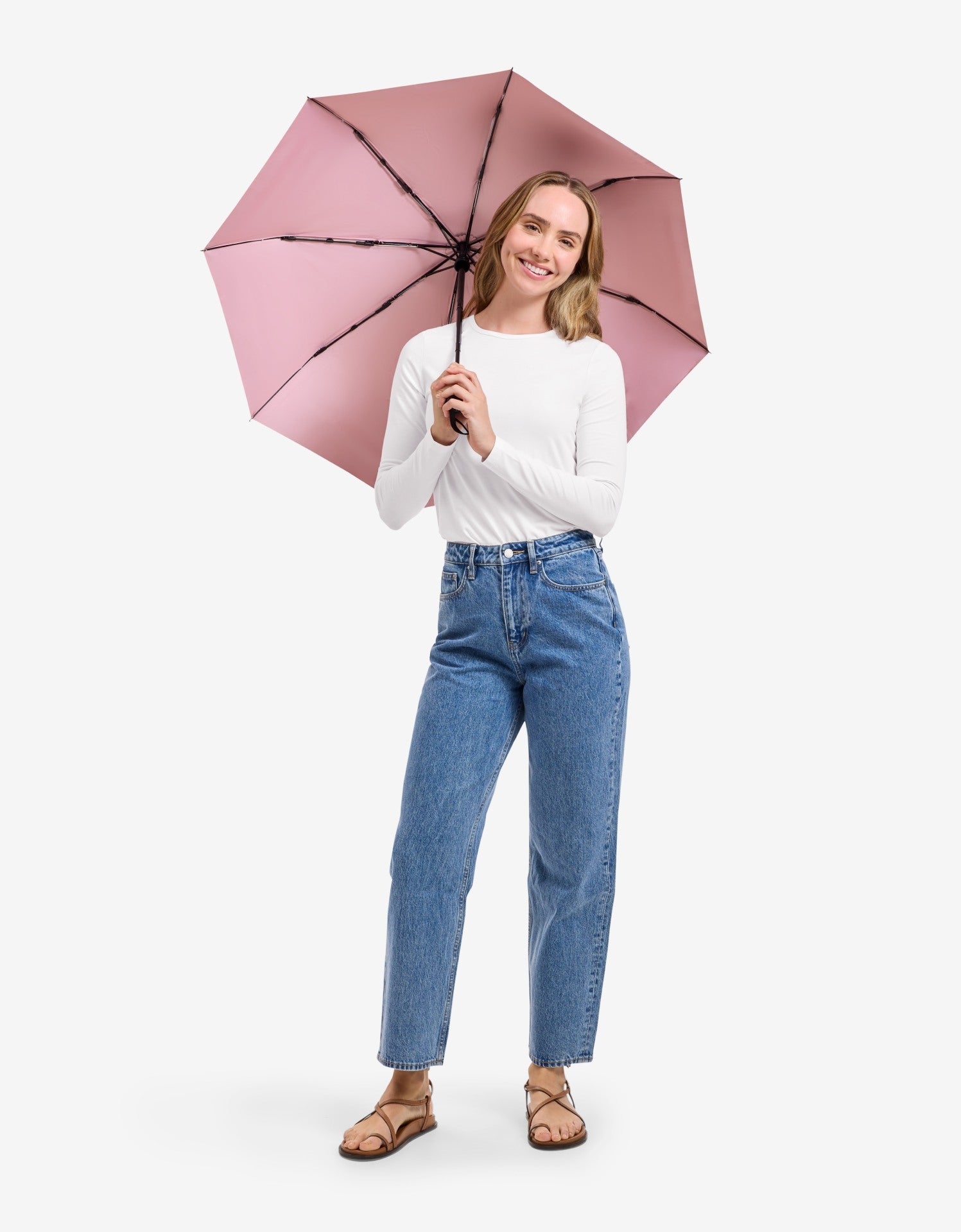UPF50+ your first line of defence to maintain healthy skin

There is nothing new about using clothing to protect oneself from the sun. It has been used in one form or another against solar exposure for thousands of years… witness the heavily clothed merchants travelling on the Old Silk Road or Bedouins in the Sahara Desert. However, times have changed as have the motives for reducing exposure to the sun. What is new is nothing short of a short of an evolving “revolution”.
In 1801 a German physicist found that exposure to the sun’s rays meant exposure to radiation: ultraviolet (UV) radiation coming from the invisible solar rays. As science progressed, it was clear that excessive exposure to UV radiation was cancerogenic... in other words, a source of deadly skin cancer.
In modern times, we know that while the clothing of the Bedouins and traders along the Old Silk Road may have well served a useful purpose, their garments fell far short of resisting deadly UV Solar rays.
Thus, the modern “revolution” is the realisation that special sun protective clothing is needed to reduce the adverse effects of sun exposure dramatically. This comes in the form of new and novel weave structures, various mixes of fibres and variations in thread counts per inch that dramatically reduce the adverse effects of sun exposure.
Solbari is at the forefront of this continuing “revolution” and intends to remain there.
In simplest terms, modern sun protective clothing is produced from fabrics which are rated for their level of ultraviolet (UV) protection. This gives the fabrics their ultraviolet protection factor (UPF) rating.
A UPF is the rating used for Fabrics, whereas SPF is the rating used for Sunscreen.
A rating of UPF50+ is the highest rating achievable on the market and blocks more than 98% of UV rays. All Solbari products are tested and rated UPF50+ in Australia.
Regular clothing such as a white cotton t-shirt or hat may only have a UPF of 5, equivalent to wearing SPF5 sunscreen.
Clothing specifically designed for sun protection was first popularised in Australia. It served its purpose as a more convenient and effective alternative to sunscreen lotions. In fact, lab-testing procedures were first introduced in Australia over two decades ago with sun resistant standards regulated by a federal agency. Many other countries have adopted the Australian model.
While UPF testing is now widely used on clothing for outdoor activities in many countries, Australia remains at the cutting edge of this evolving revolution with ever more more-stringent testing protocols improving sun resistance, fabric longevity, abrasion/wear and washability.
In tandem with this development, Solbari – an Australian company - has developed special fabrics derived from a unique mix of natural fibres (such as organic cotton and bamboo, which carries the name of Sensitive Fabric) to ensure maximum resistance to harmful sun rays. The garments respect specific design parameters, including styling appropriate to full coverage of the skin most susceptible to UV damage.
Solbari offers long-sleeved garments, hats and accessories ensuring the maximum UV protection accredited by the responsible Australian Government rating agency. As Solbari garments are normally worn in hot and humid conditions, they feature ventilated weaves, moisture wicking and antibacterial properties to assist in cooling and breathability.
For information about sun protection and Solbari UPF50+ clothing please contact our friendly customer service team at info@solbari.com
You can find out more about Solbari's sun protective range by clicking the links below:
Women UPF 50+
Men UPF 50+
Sun hats UPF 50+
Accessories UPF 50+
SPF 50+ Sunscreen
